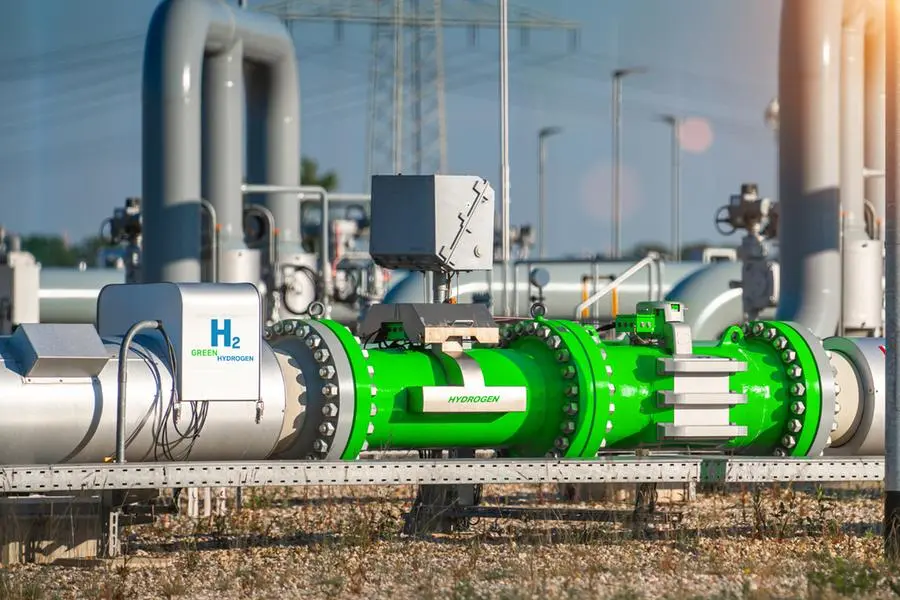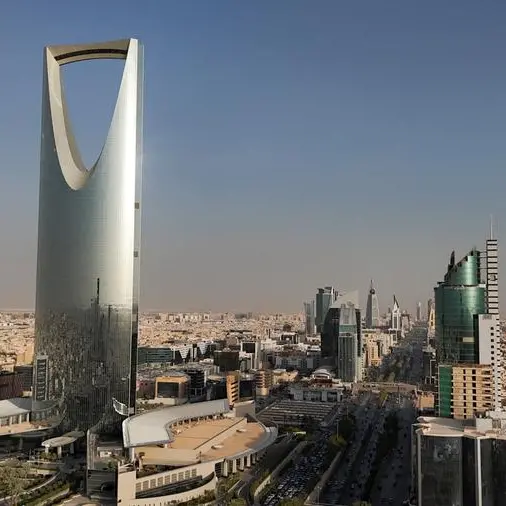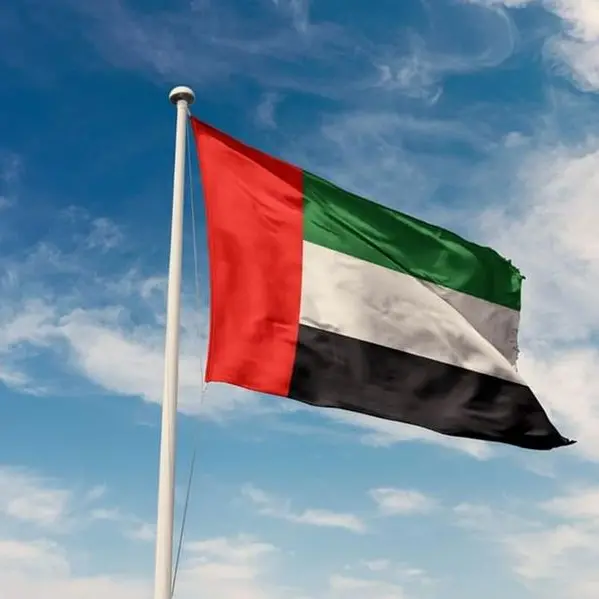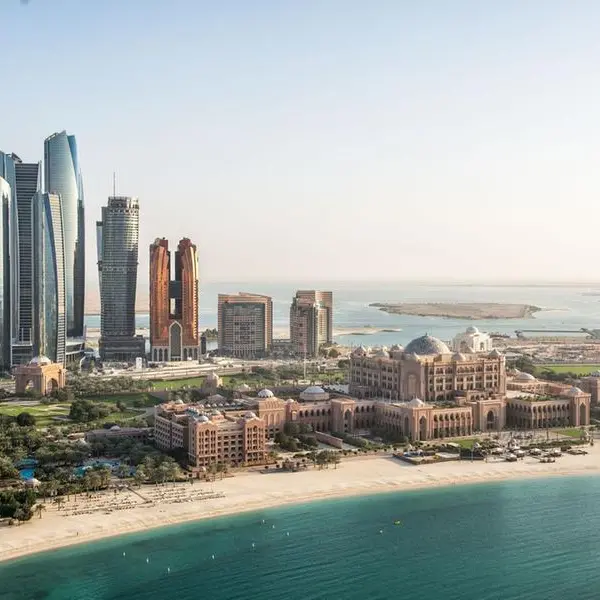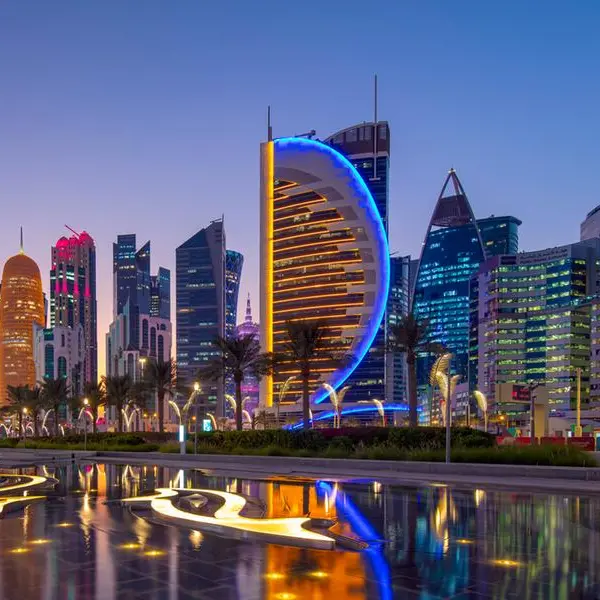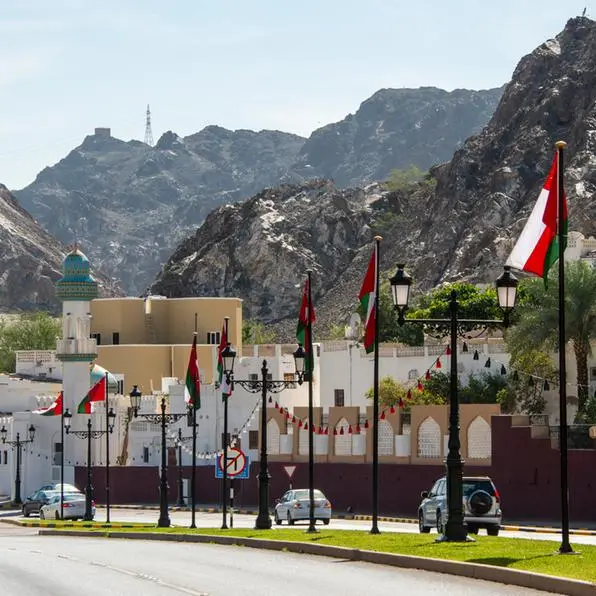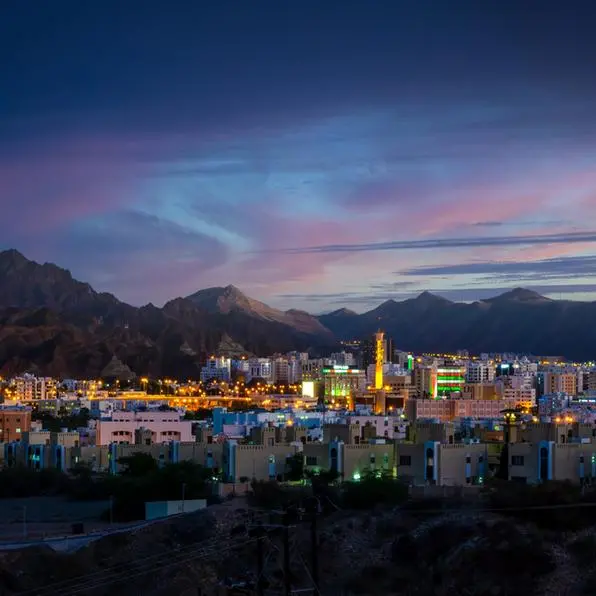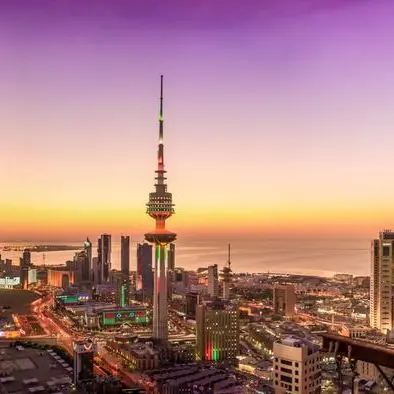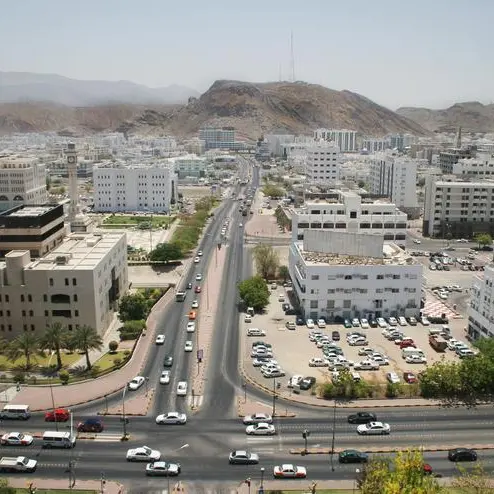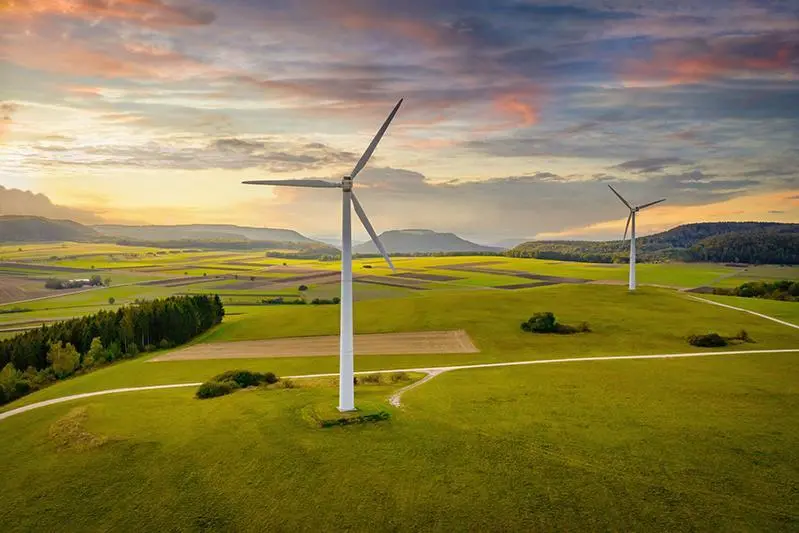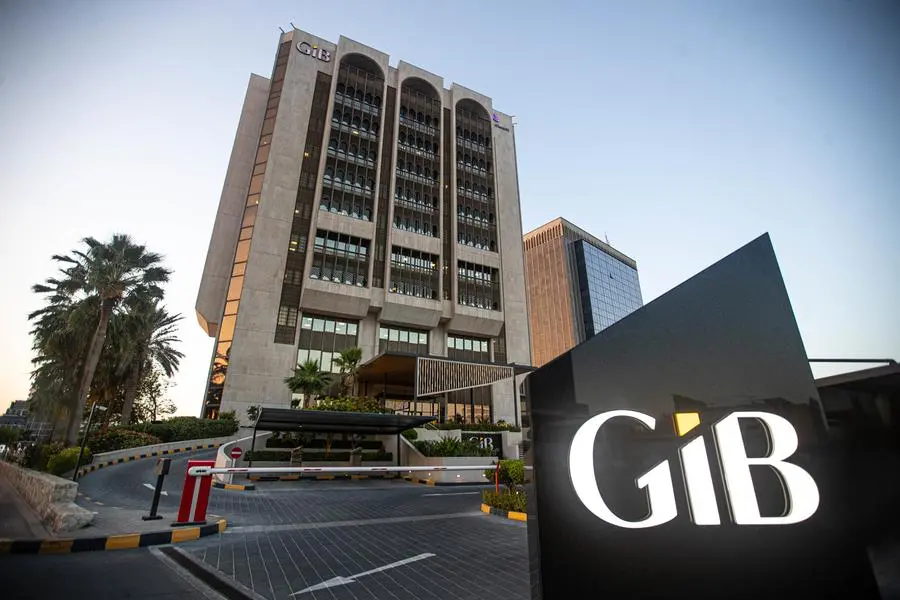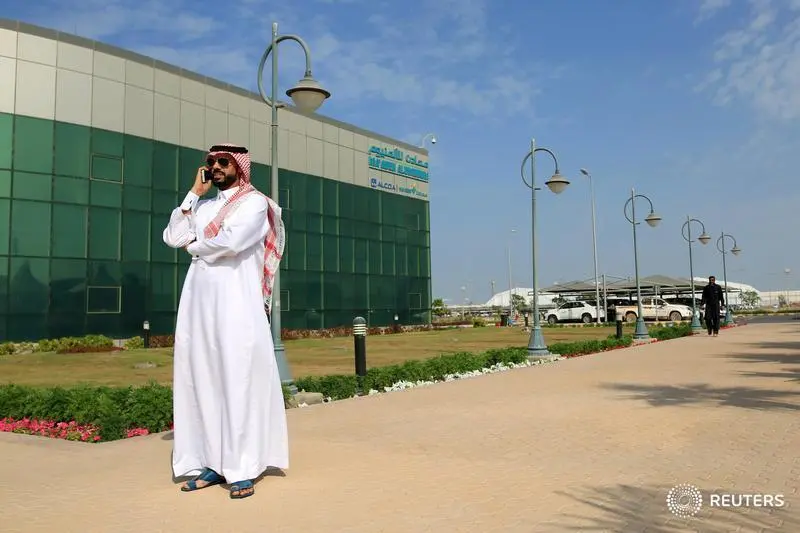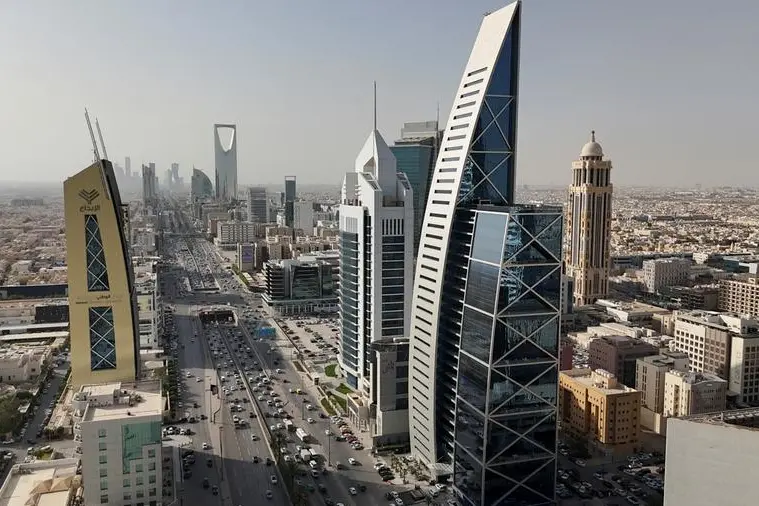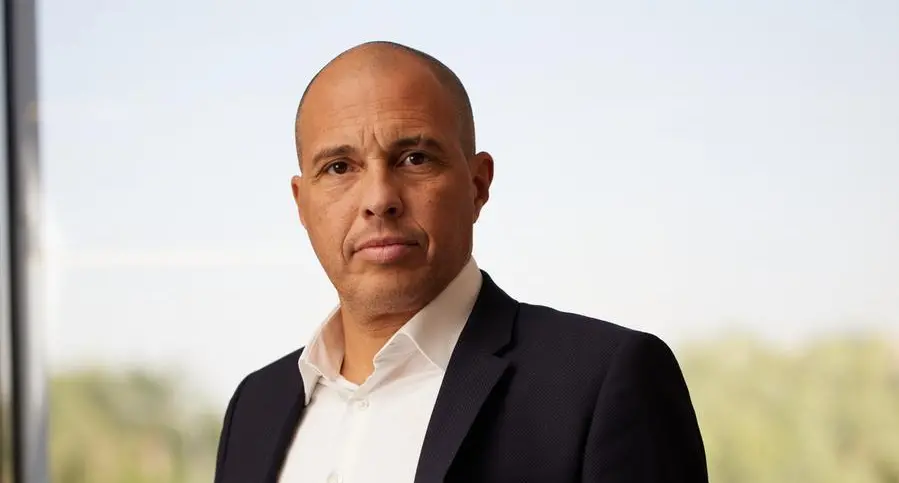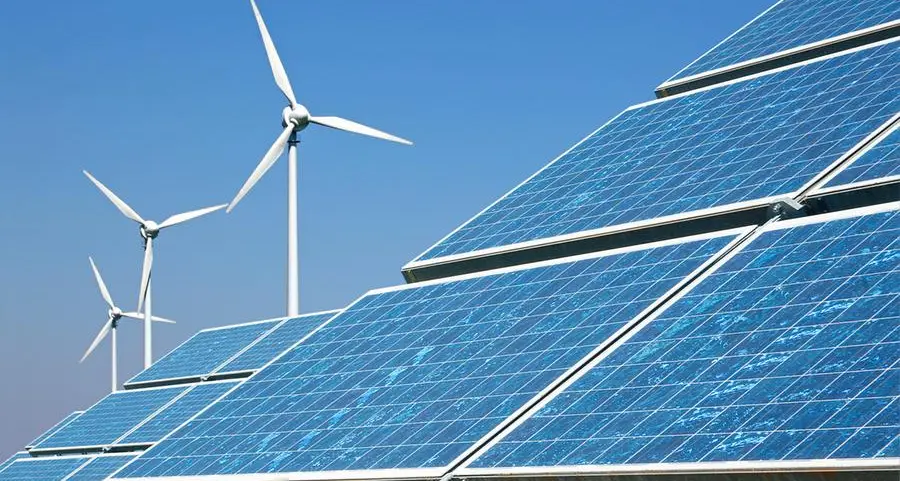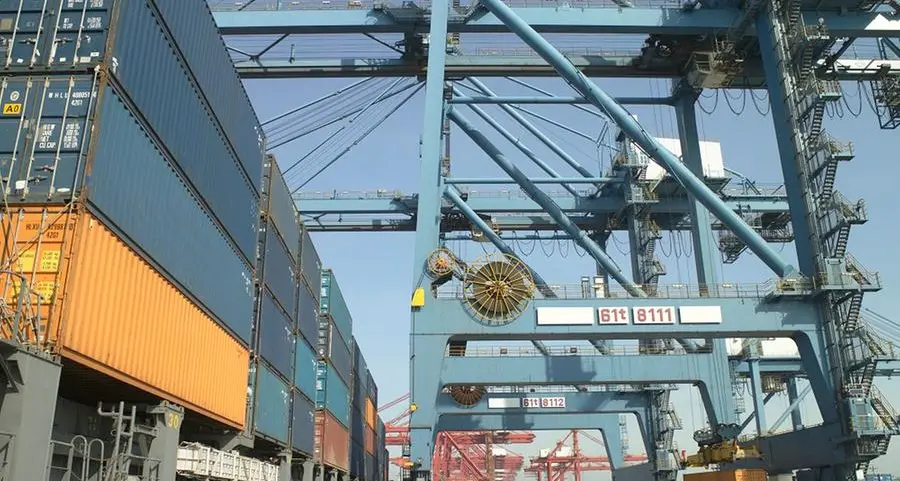PHOTO
With abundant solar radiation, expansive wind corridors, promising government policies, and world-class port infrastructure, Oman offers an unrivaled combination of natural and logistical assets.
As the global pursuit of carbon neutrality accelerates, green hydrogen is quickly emerging as the cornerstone of a cleaner energy future and Oman is uniquely positioned to lead the charge. Situated at the crossroads of Europe, Asia, and Africa, the Sultanate of Oman is not simply embracing another alternative fuel; it is shaping its role as a pivotal player in the energy systems of tomorrow.
With abundant solar radiation, expansive wind corridors, promising government policies, and world-class port infrastructure, Oman offers an unrivaled combination of natural and logistical assets. While others contend with sluggish bureaucracy, Oman has enacted agile policies and rolled out attractive incentives that are already drawing serious investment. This proactive approach provides the country with a vital head start. But the implications go far beyond economic gains.
In an era when energy independence equates to geopolitical influence, green hydrogen presents Oman with a chance to move from energy supplier to strategic architect on the global stage.
Globally, green hydrogen momentum is building at unprecedented speed. The International Energy Agency (IEA) estimates that global electrolyser capacity could reach between 134 and 850 gigawatts by 2030, with up to 8 million tonnes of hydrogen produced annually. Germany has pledged €9 billion to establish 5 GW of domestic electrolyser capacity.
Japan has earmarked $21 billion over 15 years in subsidies. Meanwhile, Australia’s Western Renewable Energy Hub envisions up to 26 GW of combined solar and wind dedicated to green hydrogen and ammonia export. Saudi Arabia’s $8.4 billion NEOM project plans to deliver 1.2 million tonnes of green ammonia annually by 2026 using 3.9 GW of renewable capacity. For Oman, this transition is not just about sustainability. It’s a strategic leap one that can reshape the national economy and redefine the country’s place in global energy geopolitics.
With abundant solar radiation, expansive wind corridors, promising government policies, and world-class port infrastructure, Oman offers an unrivaled combination of natural and logistical assets.
Oman, however, is not simply following this trend it is writing its own chapter. Under Vision 2040 and its National Energy Strategy, the country aims to generate 30% of its electricity from renewables by 2030. Established in 2022, Hydrogen Oman (Hydrom) oversees the licensing, policy frameworks, land auctions, and infrastructure required to scale up the hydrogen economy.
By early 2024, Hydrom had signed six landmark agreements around the ports of Duqm and Salalah, partnering with major global firms such as BP, ACME, Uniper-DEME (Hyport Duqm), EDF-JPower-Yamna, ACTIS-Fortescue, Green Energy Oman, and Marubeni Samsung. These deals, which represent approximately 15 GW of planned renewable capacity, are expected to produce over 700,000 tonnes of green hydrogen and draw nearly $20 billion in investment.
Time is of the essence. As countries advance toward 2050 net-zero commitments, Oman’s natural endowment and control over key maritime routes position it to seize a narrowing window of opportunity. Green hydrogen’s promise lies not only in its environmental credentials produced via renewable-powered electrolysis with zero emissions but in its remarkable versatility.
Unlike grey hydrogen, which emits greenhouse gases, or blue hydrogen, which depends on still-unproven carbon capture technologies, green hydrogen has the unique ability to decarbonise hard-to-abate sectors like steel manufacturing, aviation, maritime shipping, road transport, fertiliser production and large-scale renewable energy storage.
Among the standout projects is Hyport Duqm, a collaboration between OQ, Uniper, and DEME Group, which will use 1.3 GW of solar and wind to operate a 500 MW electrolyser system, generating 60,000 tonnes of green hydrogen per year, convertible into 330,000 tonnes of green ammonia. Phase one is set for 2026.
Meanwhile, ACME’s Duqm based facility, a $3.5 billion project powered by 3 GW of solar and 500 MW of wind, aims to deliver up to 900,000 tonnes of green ammonia annually. In Salalah, consortia including EDF/JPower/Yamna and ACTIS-Fortescue plan to install 4–4.5 GW of renewable capacity to produce between 175,000 and 200,000 tonnes of green hydrogen annually, with the goal of exporting one million tonnes of green ammonia. These initiatives are beginning to pay off.
Oman is projected to claim 60% of the Middle East’s green hydrogen exports by 2030, outpacing regional competitors like the UAE and Saudi Arabia. Beyond decarbonisation, this shift offers economic resilience. As oil and gas gradually decline in global relevance, hydrogen promises to diversify Oman’s GDP, stabilise state revenues, and create an estimated 70,000 high-skill jobs, including 17,000 leadership roles, by 2050.
Oman’s integrated strategy sets it apart. Unlike nations struggling with fragmented regulations or isolated infrastructure, Oman offers a coordinated, investor-ready ecosystem led by Hydrom and supported by free-trade zones in Duqm and Salalah. Its hydrogen program matches or surpasses benchmark initiatives like Saudi Arabia’s NEOM or Australia’s Pilbara region not just in capacity but in execution. Now entering its implementation phase, Oman’s hydrogen vision is rapidly becoming reality. What began as policy ambition is evolving into structural transformation.
Green hydrogen is reinvigorating industry, attracting global alliances, and enhancing Oman's international profile. Guided by Vision 2040 and powered by its renewable wealth, Oman is no longer just entering the hydrogen race; it is helping define it.
2022 © All right reserved for Oman Establishment for Press, Publication and Advertising (OEPPA) Provided by SyndiGate Media Inc. (Syndigate.info).
